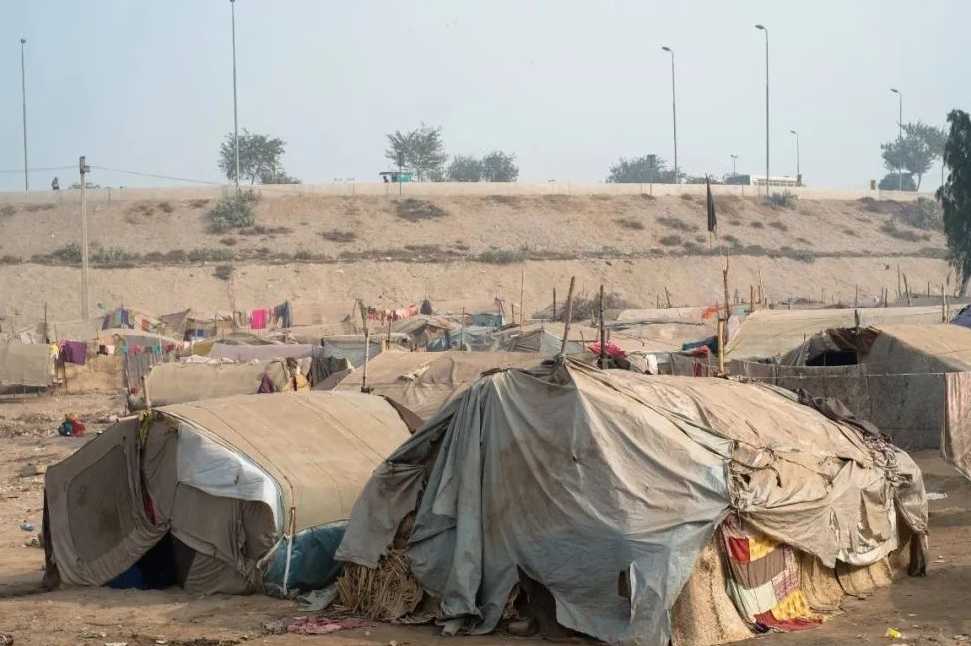
Every New Year's Eve, millions gather in Times Square for the iconic Ball Drop, a spellbinding spectacle that transforms the area into a pulsating hub of celebration. As the final minute before midnight ticks away, the crowd erupts in a thunderous countdown, and a massive crystal ball descends 43 meters down a mast. At the stroke of midnight, a ton of colorful confetti blankets the square, while strangers and loved ones alike share kisses to welcome the new year.
Initiated in 1907 by Adolph Ochs, owner of The New York Times, the tradition has evolved into an annual phenomenon. What began as a replacement for the earlier fireworks display (banned for safety reasons) now draws over a million spectators in person and billions more via global broadcasts. The ball itself—adorned with 2,688 Waterford crystal triangles and 32,000 LED lights—has undergone numerous technological upgrades, yet its symbolic descent remains a timeless emblem of renewal.
Source: Images from the Internet, if there is any infringement, please contact the removal of
Today, the Ball Drop embodies America's exuberant New Year's spirit, blending tradition with modernity. From the first drop using an iron and wood ball to the current eco-friendly confetti made from recycled materials, the ceremony has adapted while preserving its role as the world's most watched New Year's celebration.






